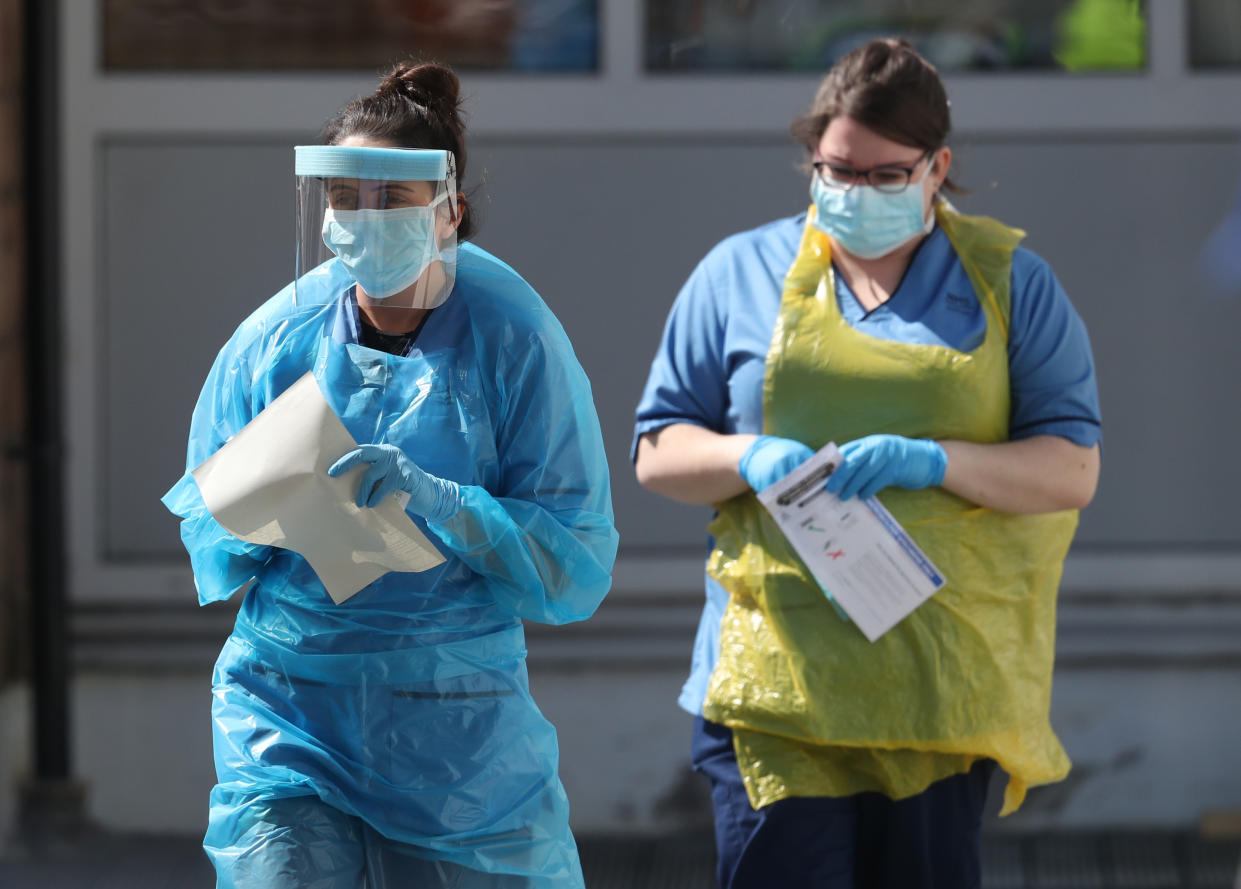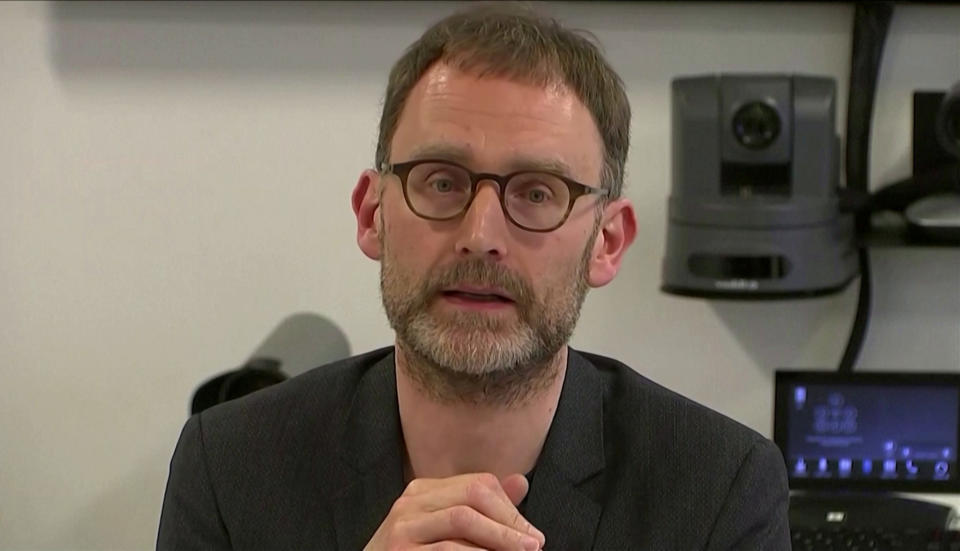Coronavirus death toll higher than hoped after thousands of cases arrived in UK before government realised

The UK has suffered a worse coronavirus outbreak than anticipated partly because a large number of cases arrived from Spain and Italy before experts realised.
Professor Neil Ferguson, from Imperial College London, whose work helped bring about the lockdown, said on Tuesday that the UK had worried more about arrivals from China, other Asian countries and the US than Europe.
Instead, large numbers of people infected with COVID-19 flew from Spain and Italy weeks before the UK’’s cases spiked and he said the full impact of that on the domestic outbreak was not known at the time.
It partly explains why the epidemic has been much worse than previously hoped, Prof Ferguson said.
Early Imperial modelling, published days after lockdown was implemented in late March, suggested social distancing could reduce the UK’s death toll to 6,000. Before that, Imperial modelled 20,000 deaths if a suppression strategy was introduced to drive down transmissions.
Instead, the UK has now reached nearly 50,000 COVID-related deaths, with 39,000 officially recorded by the government, the second worst official toll in the world behind only the US.
Prof Ferguson told the House of Lords science and technology committee that the UK was “much more heavily affected (than) we had previously anticipated” and ended up with “if not the largest, one of the largest epidemics in Europe”.
“One thing the genetic data is showing us now is most chains of transmission still existing in the UK originated in Spain, to some extent Italy,” said Prof Ferguson, who quit the government’s scientific advisory body Sage after breaking social distancing rules,
“So we had been worrying about importation of infection from China, we’re a very well-connected country in the world, other Asian countries, maybe the US.
“But it’s clear that before we were even in a position to measure it, before surveillance systems were set up, there were many hundreds, if not thousands, of infected individuals who came into the country in late February and early March from that area.
“And that meant the epidemic was further ahead than we anticipated which explains some of the acceleration of policy then, but it also explains why, to some extent, why mortality figures ended up being higher than we had hoped.”
The government will implement a 14-day quarantine for new arrivals from 8 June. Other countries, including South Korea and the US, implemented quarantines for arrivals earlier in the outbreak.
Australia banned flights from China and anyone who had been there within a two-week period from arriving, which one expert credited with helping stop a major outbreak in that country.
However, England’s deputy chief medical officer Jonathan Van-Tam told a press briefing in April that scientists had been clear closing borders “would not work”.

“I understand the point you’re making and I see where you’re coming from, in terms of when we get this under control, doesn’t that change the situation,” he told reporters.
“But (it) won’t go from a position of widespread community transmission amongst our own people to a position of zero transmission amongst our own people, which of course was the case back in December 2019.
“We will likely go back to low levels of transmission and the virus will continue to be here in and around us in our communities, I suspect for a very long time, even if we can keep the levels right down.”
Coronavirus: what happened today
Click here to sign up to the latest news, advice and information with our daily Catch-up newsletter
Read more about COVID-19
How to get a coronavirus test if you have symptoms
How easing of lockdown rules affects you
In pictures: How UK school classrooms could look in new normal
How public transport could look after lockdown
How our public spaces will change in the future
Help and advice
Read the full list of official FAQs here
10 tips from the NHS to help deal with anxiety
What to do if you think you have symptoms
How to get help if you've been furloughed


